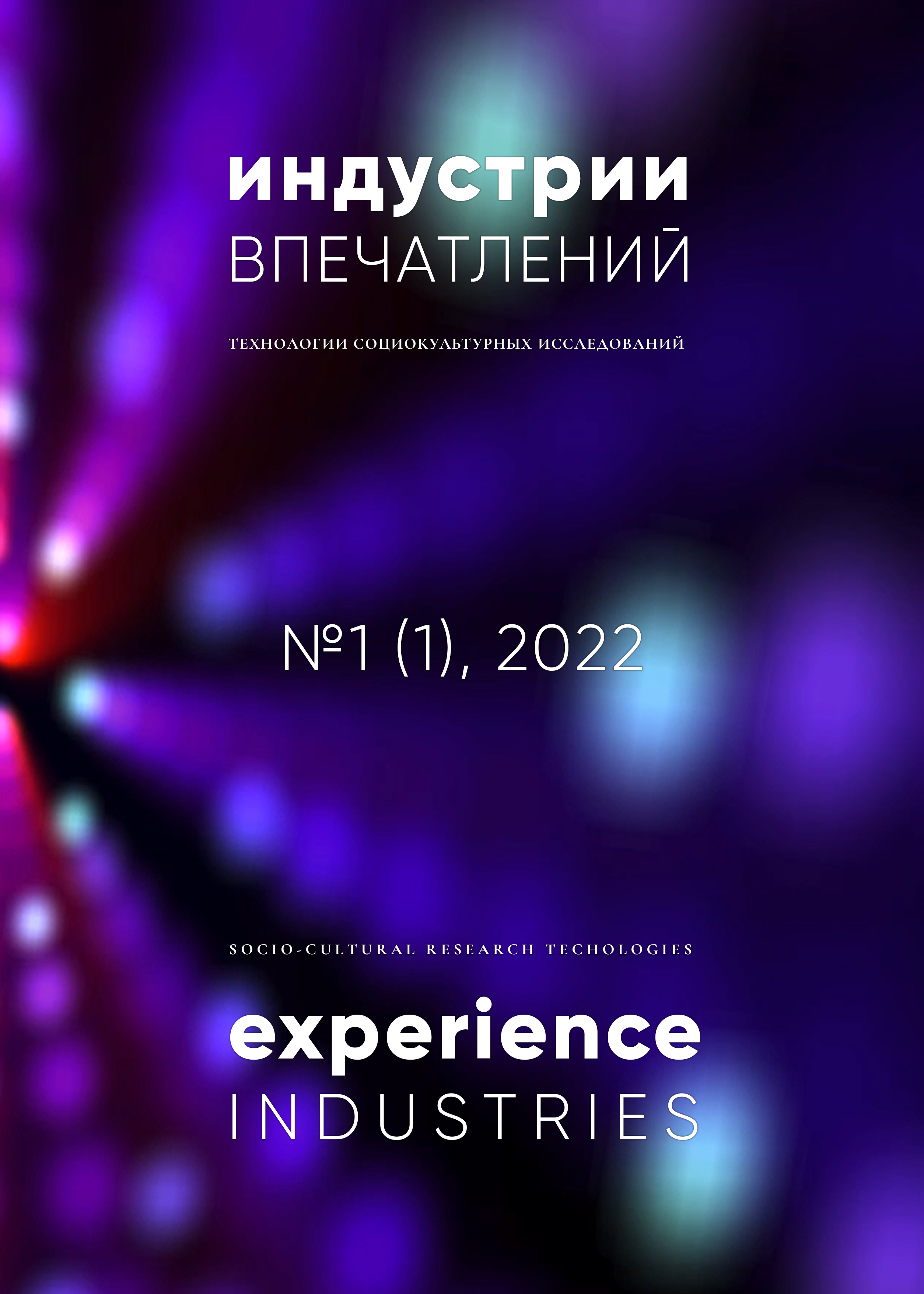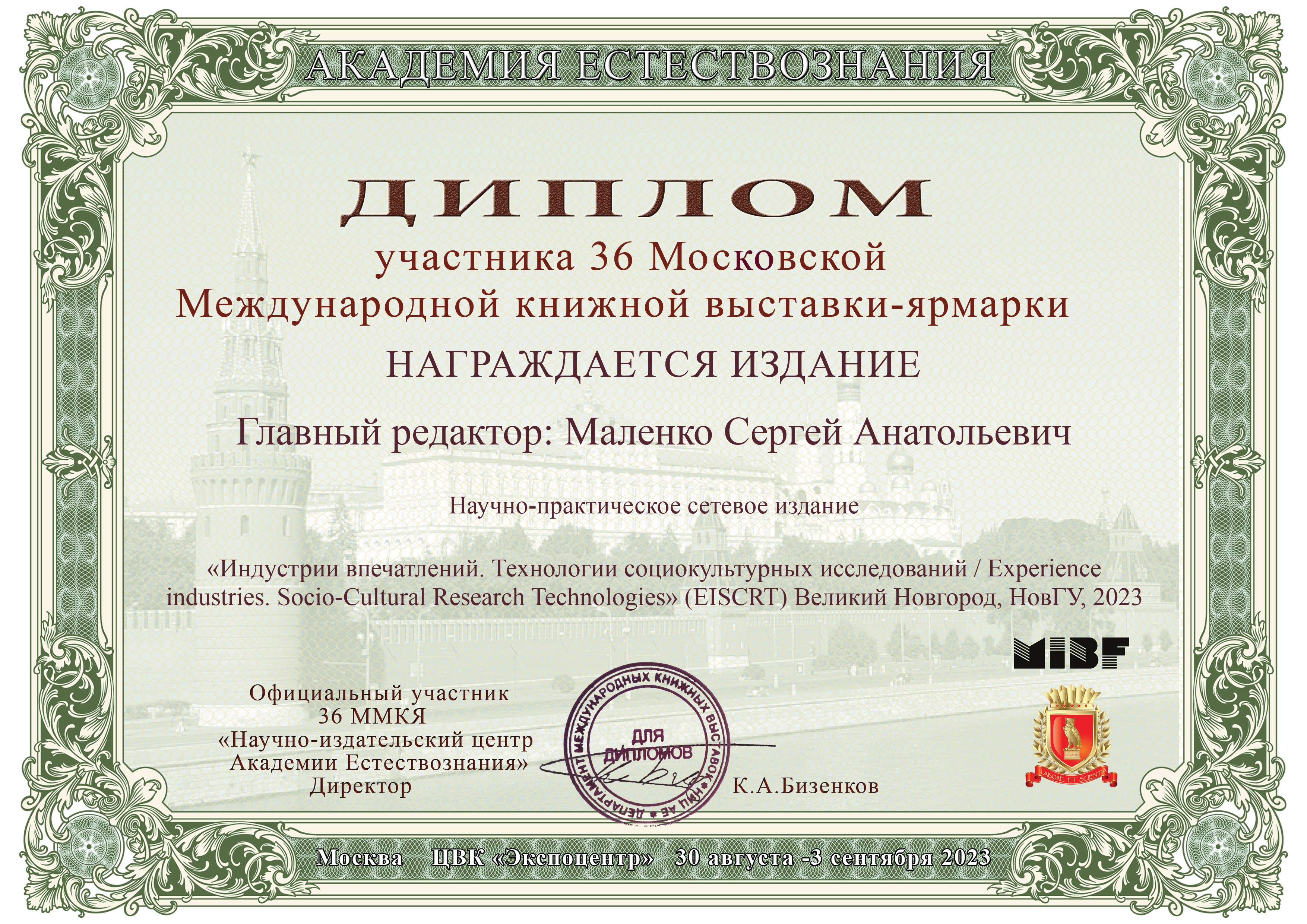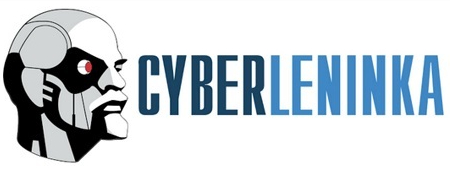REPLICA IN DESIGN: INDUSTRIAL CONTROVERSY BETWEEN EFFECTIVE AND SPECTACULAR
DOI:
https://doi.org/10.34680/EISCRT-2022-1(1)-15-44Keywords:
сultural industries, creative industries, experience industry, replica, replication, stylization, re-design, kitsch, grotesque, ironyAbstract
The article deals with the replica phenomenon associated with the literal or free reproduction of iconic design objects. The relevance of this topic is due not only to the paradox of the prevalence of this phenomenon, along with its little state of knowledge, but also to its significance in the context of modern culture. A replica, as an embodied design idea, put on stream and adapted to the consumer with average spiritual and artistic needs and material capabilities, is interpreted by us as a simulacrum of cultural values realized by available means. Thus, this phenomenon acts as one of the forms of kitsch. However, the method of replication is also found in “high” design, as an expressive device on the verge of irony and grotesque. This duality is reinforced by terminological uncertainty: repetition, replica, re-design. The aim of the study is to interpret the replica in object design as a form of cultural industry. The main objectives of the study: to trace the development of the practice of replicas in design, to give an idea of the variability of replicas (reproduction by the copyright holder, "pirated" repetition, re- design), to distinguish between the concepts of replica and re-design, to identify manifestations of kitsch in the practice of replicas and their social nature. The main results of the study: understanding of the replica as a form of adaptation of high design to the needs of the masses; the speculative property of the replica is the manipulation of iconic objects of the present and the past; the kitsch nature of the replica.
For citation:
Varakina, G. V. (2022). Replica in design: industrial controversy between effective and spectacular. Experience industries. Socio-Cultural Research Technologies (EISCRT), 1 (1), 15-44. (In Russian). https://doi.org/10.34680/EISCRT-2022-1(1)-15-44








